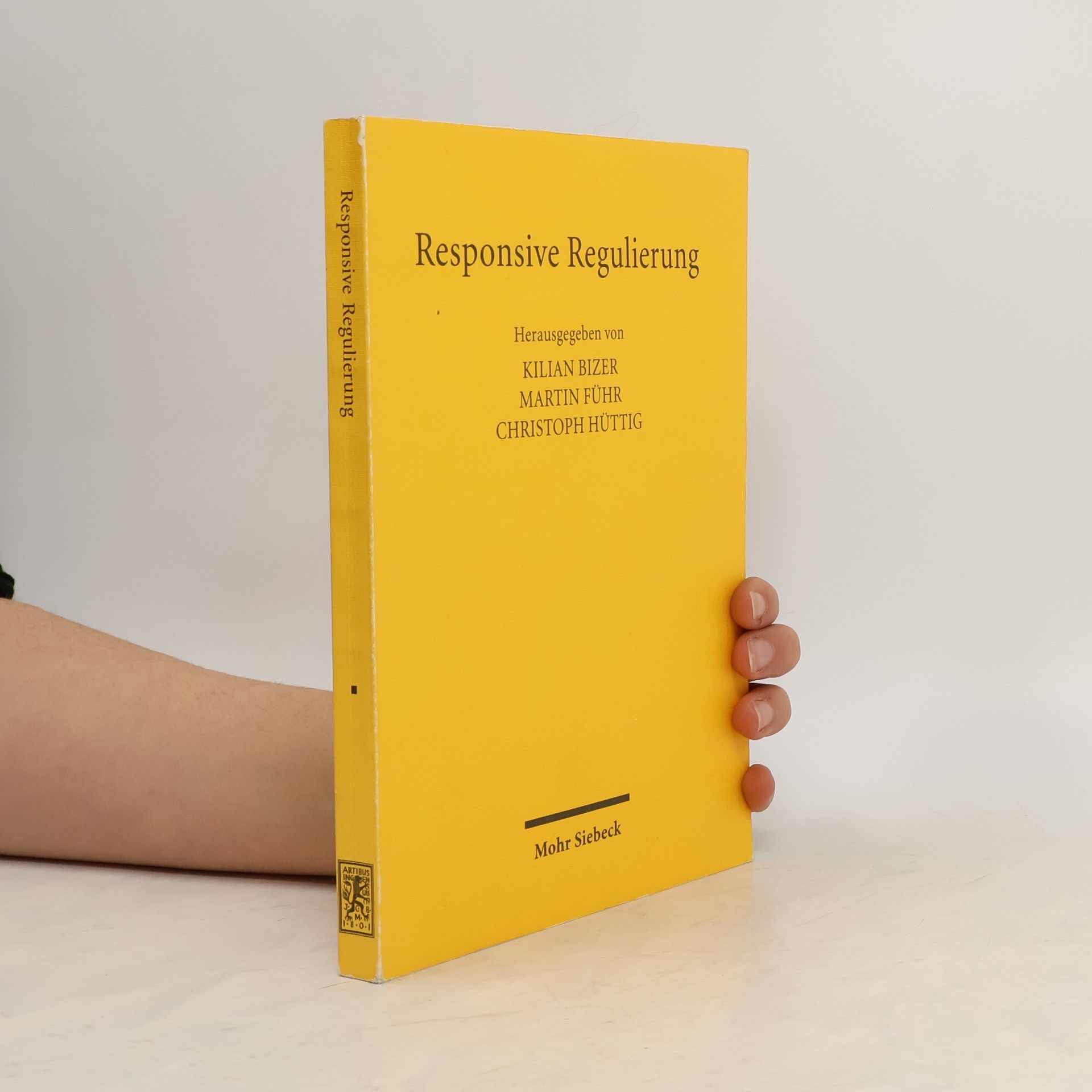Responsive Regulierung
Beiträge zur interdisziplinären Institutionenanalyse und Gesetzesfolgenabschätzung
Die häufig gestellte Forderung nach einem schlanken, aber dennoch effektiven Staat klingt paradox. Trotzdem ist dies der Kern einer Debatte, die von vielen Verbänden, aber auch in Kreisen der Ökonomie, des Rechts und der Politikwissenschaft seit einigen Jahren geführt wird. Der vorliegende Band beschreibt einen Ausweg aus diesem Dilemma: Die 'responsive Regulierung'. Danach agiert der Staat nicht mehr strikt imperativ, sondern antwortet auf die Interessenlage des Regelungsadressaten und auf die Anreizkonstellation, die sein Verhalten bestimmt. Vor diesem Hintergrund sind hier nun verschiedene Ansätze der Gesetzesfolgenforschung aus Ökonomie und Rechtswissenschaft, aber auch Politikwissenschaft und Philosophie versammelt und es wird nach den Bedingungen, unter denen eine disziplinenübergreifende Verständigung zwischen den beteiligten Wissenschaften gelingen kann, gefragt.
